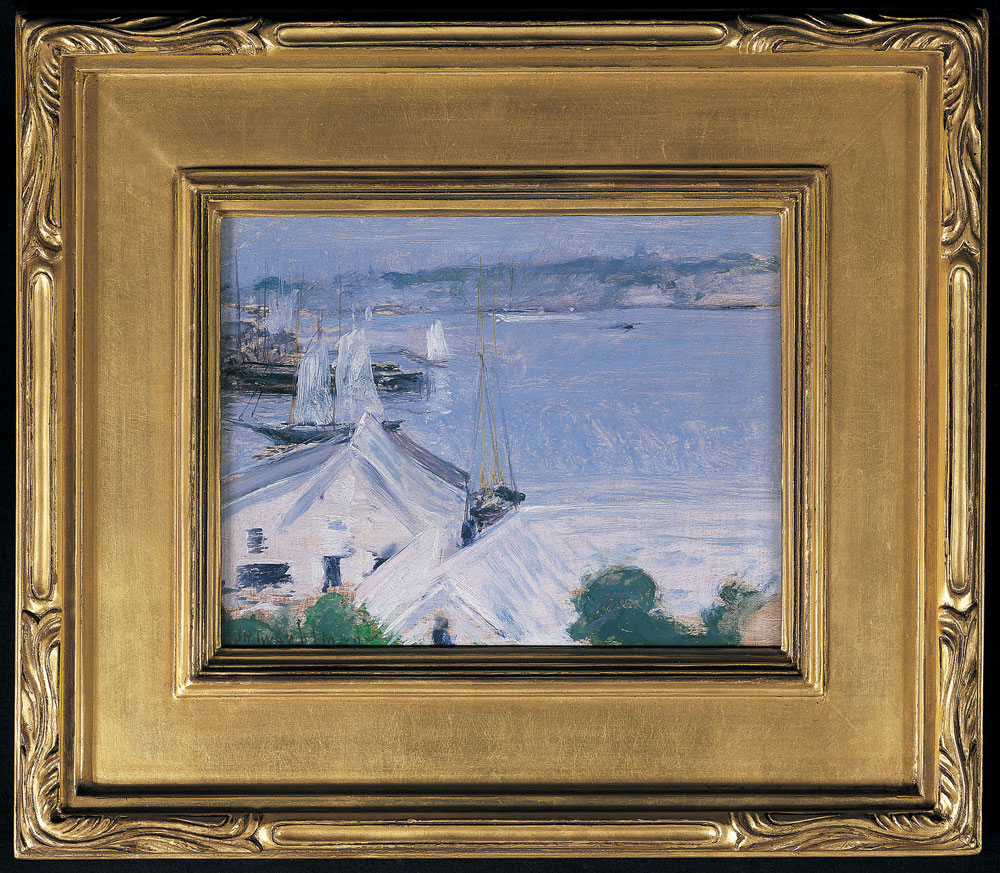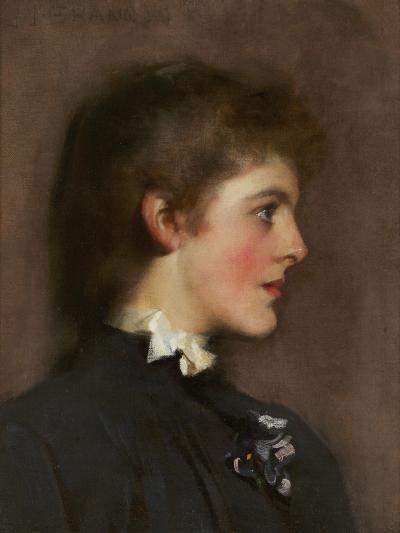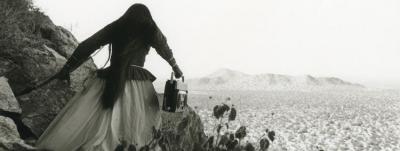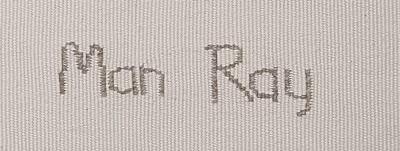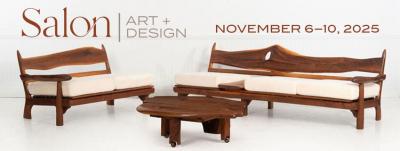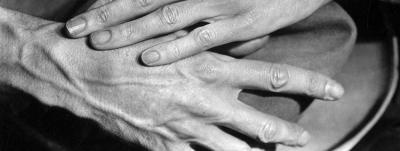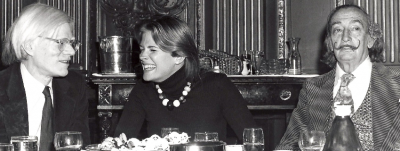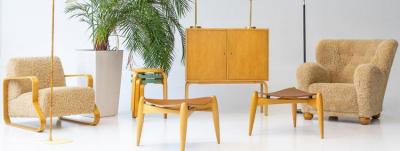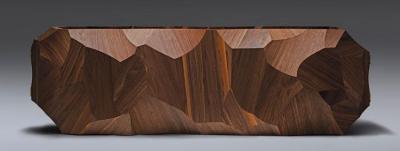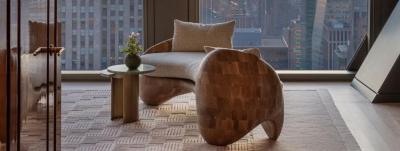The Ten American Painters
This archive article was originally published in the Autumn/Winter 2007 issue of Antiques & Fine Art magazine.
Founded in 1877 as an alternative to the conservative National Academy of Design, the New York based Society of American Artists—at its outset—embraced a merit-based exhibition policy and allowed artists to develop progressive styles. Its membership grew rapidly and by 1890 numbered approximately 100. By 1898, however, ten of its painters had seceded, frustrated with what they saw as questionable leadership that regarded classicism and romantic realism as superior to impressionism and supported outdated exhibition installations. Known as “The Ten American Painters” or “The Ten,” the organizing members of this New York and Boston based group were Edward Simmons (1852-1931), Joseph Rodefer De Camp (1858-1923), Frederick Childe Hassam (1859–1935), Julian Alden Weir (1852–1919), and John Henry Twachtman (1853–1902). They were soon joined by Thomas Dewing (1851–1938), Willard Metcalf (1858–1925), Frank Benson (1862–1951), Robert Reid (1862–1929), Edmund Tarbell (1962-1938), and upon Twachtman’s death, William Merritt Chase (1849–1916). Winslow Homer (1836–1910) was encouraged to join but declined, as did Abbott Thayer (1849-1921) after briefly accepting.
Although they eschewed formal rules, in December 1897 they officially agreed that membership would include no fewer than ten artists who would contribute to every annual exhibition, with acceptance into the group granted only with unanimous backing. The following month the painters announced their withdrawal from the Society of American Artists, eliciting considerable attention as demonstrated by articles in the Commercial Advertiser and the New York Times, which ran the headline, “Eleven Painters Secede” (at this point Thayer was still counted among them). They arranged for space to show their work at the Durand-Ruel gallery, which had begun representing French Impressionists during the mid-1880s. (Many of The Ten fell under the movement’s influence as students in Paris during the 1880s.) This or the Montross Gallery was the venue for The Ten’s annual New York exhibitions over their twenty-year existence, which in 1900, 1902, and 1905 were followed by a traveling show at the St. Botolph Club in Boston; in 1908 their annual exhibition was held at the Pennsylvania Academy of Fine Art in Philadelphia; other cities in which their work was displayed as a group included Chicago, Detroit, and Providence, and Washington.
Titled Ten American Painters, the group’s inaugural exhibition opened on March 31, 1898, coinciding with annuals sponsored by the National Academy of Design and the Society of American Artists. It included forty-five works in one room that was divided into equal portions dedicated to each artist. Dissatisfied with the crowded salon style of hanging pictures popular in the nineteenth century, The Ten embraced reforms promoted by James McNeill Whistler (1834–1903) that stressed a concern for harmonious installations displaying adequate spacing. This, along with the small scale of the shows, which operated independent of established institutions, was to serve as the group’s hallmark. Absent from the exhibition were the sharply contrasting modes of expression seen in the works of their contemporaries at the Society of American Artists shows. Despite this, and the fact that the group coordinated the palettes employed in their selections, reviewers praised the artists’ individuality. In addition to the overall quality of painting, the press also noted the presentation of their work, with one writer observing, “The frames are modest enough to play into the pictures’ hands. The whole of the room is a restful place. There are no bad pictures.”1 In subsequent exhibitions they sought to maintain a simple, peaceful environment, and the following year matting was laid on the floor and the gallery’s gilded architectural moldings were covered with white cloth, heightening the show’s Oriental appearance.
The absence of impressionistic elements in the works featured in the Society of American Artists exhibitions after the departure of The Ten was noted. Assessing a Society of American Artists exhibition in 1898 a reviewer suggested: “The withdrawal of the wing of extremists seems to have had the effect of rendering the ensemble more sane and inspiring, more restful and homogeneous.”2 By this time, however, the pioneering era of impressionism in America had past. Compared with European-derived modernist influences such as abstraction and the rise of increasingly controversial subjects, The Ten’s once innovative experimentation with color and light in their rendering of landscapes, seascapes, and elegant figures was consistent with the mainstream aesthetic by the time of their last exhibition together. Their popular acceptance is reflected by the extent to which they enjoyed eagerly anticipated and well received shows as a group and as individuals gained recognition through appointments to leadership positions and exhibition prizes. Benson and Tarbell, active members of the National Academy, were elected academicians early in the century, and Weir became its president in 1915. Additionally they contributed to successful shows at the Art Institute of Chicago; the Carnegie Institute, Pittsburgh; the Corcoran Gallery of Art, Washington; the Detroit Institute of Arts; the Pennsylvania Academy of Fine Arts, Philadelphia; and the Worcester Art Museum.
Hassam, Weir, Twachtman, Benson, and Tarbell were frequently viewed as being the best established American Impressionists, whereas Metcalf and De Camp became better known for the style later in their careers. In addition to easel paintings, Reid and Simmons were both known for their work as muralists. Dewing had more in common stylistically with fellow Tonalists who left the Society of American Artists to join the Society of Landscape Painters formed in 1899, weakening that institution and eventually leading to its merger with the National Academy. Over his career Chase employed elements of tonalism and realism in addition to impressionism.
Although each artist participated in The Ten’s early annual exhibitions, this was not always the case in later years. Their tenth anniversary show was their largest; all the members contributed and nearly a hundred pieces were on view. After this point, however, critical acclaim for their exhibitions was moderated by suggestions that moving within too tight an artistic circle stifled their ability to absorb external influences and hampered their development. The Ten’s last exhibition together, held at the Corcoran Gallery during the winter of 1917–1918, was considered a retrospective of the painters who furthered the cause of impressionism in America. Although at this point stylistically passé, the legacy they established—the ability of artists to successfully exhibit independent of the auspices of an institution—remained current.
-----
Prior to joining Antiques & Fine Art magazine, Erik Brockett spent over a decade researching and selling fine art through commercial galleries and auctions. Erik Brockett is currently working at Arader Galleries in New York City where he specializes in rare maps.
This article was originally published in the Autumn/Winter 2007 issue of Antiques & Fine Art magazine, which is affiliated with Incollect.
2. Quoted in Trevor J. Fairbrother, The Bostonians: Painters of An Elegant Age, 1870–1930, (Boston: Northeastern University Press, 1986), 58.



















